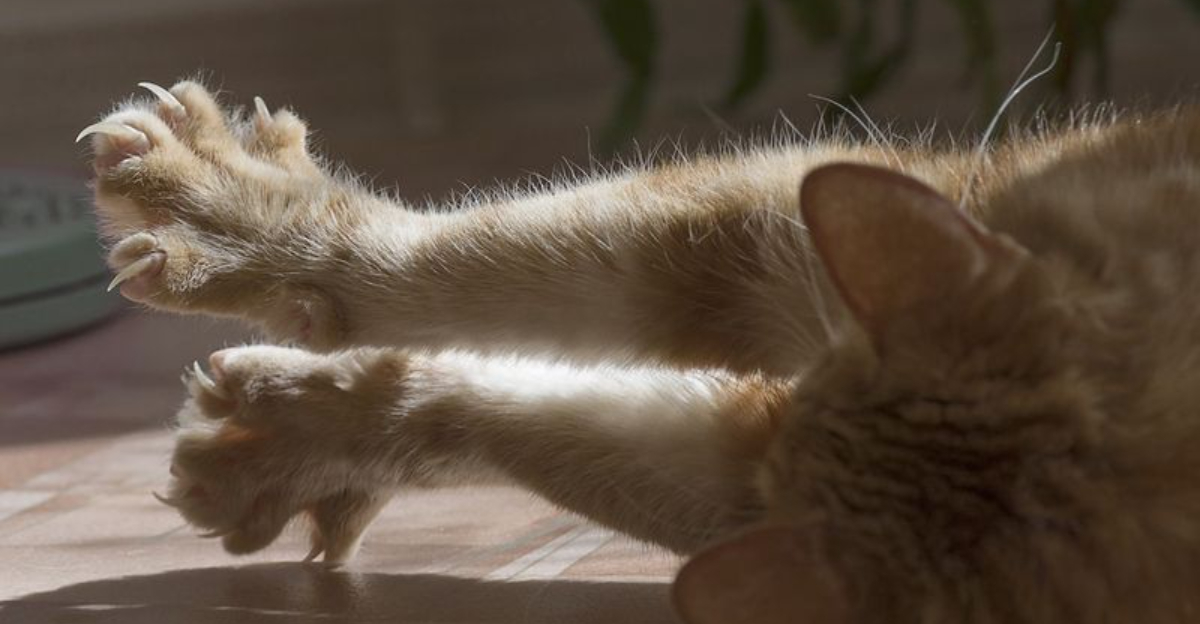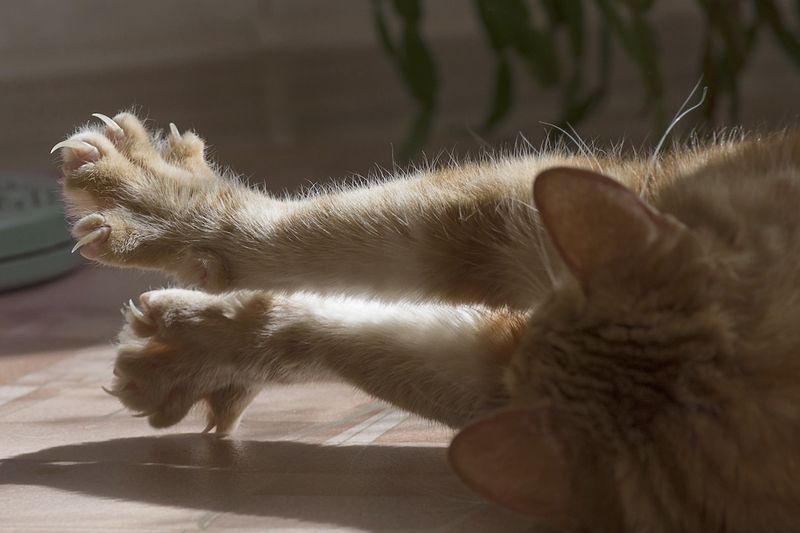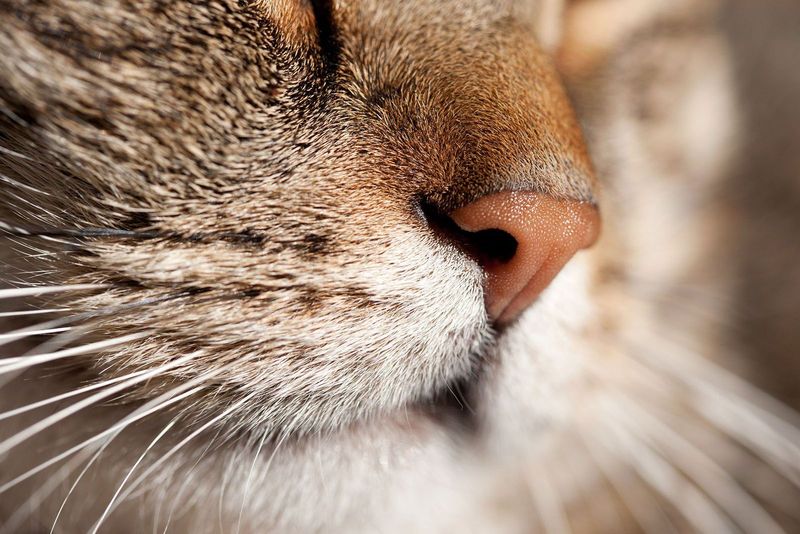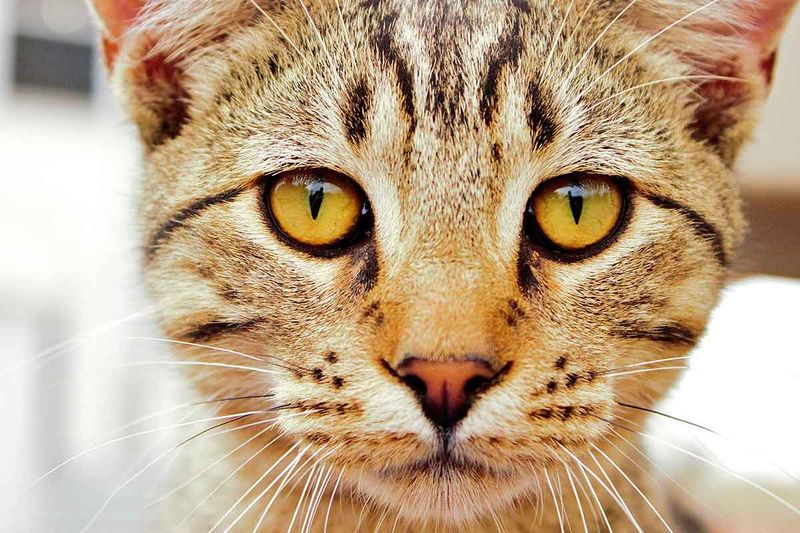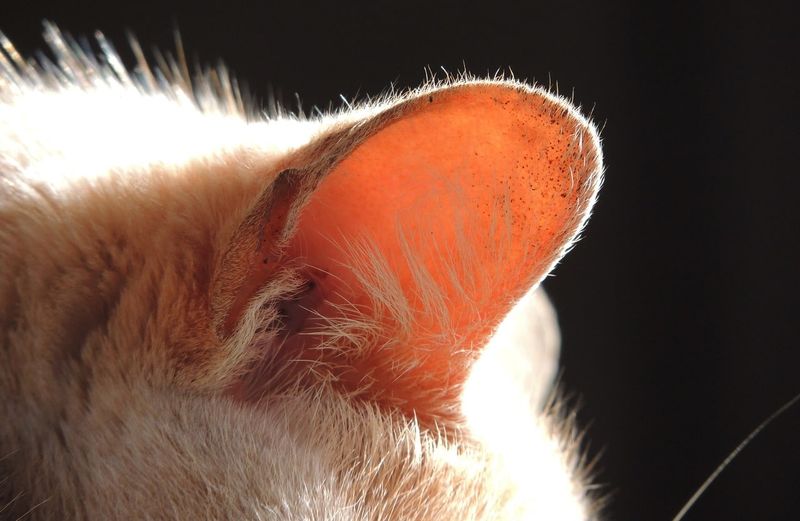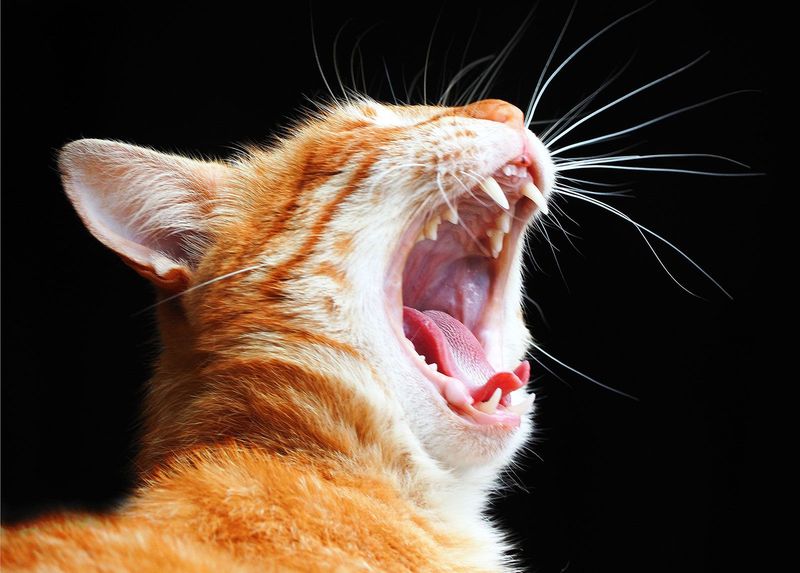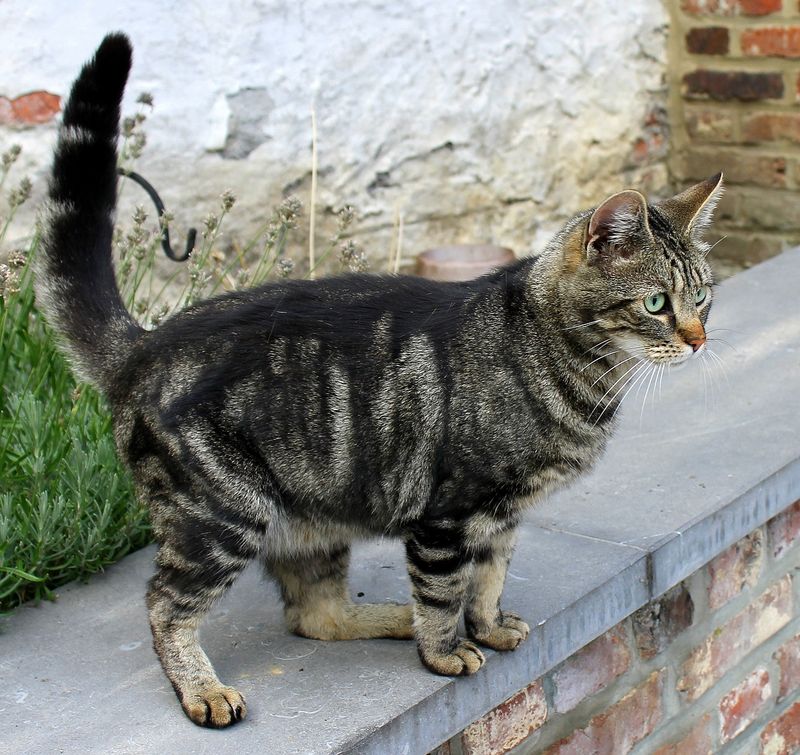📖 Table of Content:
Cats are remarkable animals, with anatomy perfectly designed for agility, stealth, and precision. Their bodies are equipped with features that support their hunting instincts, from their sharp claws to their flexible spines. Understanding how these unique traits work can reveal just how skilled and efficient cats truly are.
Each part of a cat’s anatomy plays a vital role in their everyday activities, from running at high speeds to making near-silent movements. With such specialized structures, cats are able to maneuver in ways that few other animals can. These abilities not only make them effective hunters but also enhance their interactions with the world around them.
Whether it’s their extraordinary vision, powerful muscles, or intricate communication system, cats are marvels of biological design. Every aspect of their bodies has evolved to ensure they thrive in a variety of environments. A deeper look at these fascinating features provides insight into just how extraordinary cats are.
1. Flexible Spine
Cats possess an incredibly flexible spine, which grants them the agility to leap and twist with ease. This flexibility is due to the elastic cushioning between each vertebra. When a cat jumps, its spine arches and recoils, providing power and grace.
The spine’s flexibility also plays a role in their stealthy hunting abilities, allowing them to move silently and swiftly. This anatomical feature is one reason why cats can squeeze through tight spaces with little effort. So next time you see your cat contorting into peculiar shapes, you’ll know the science behind it.
2. Retractable Claws
A cat’s retractable claws are a marvel of nature, allowing them to keep their claws sharp for hunting and climbing. The claws are sheathed within the paw, extending only when needed. This not only protects the claws from wear but also aids in walking silently.
Retractable claws are a vital tool for survival in the wild, helping cats catch prey and defend themselves. Even in a domestic setting, these claws serve as an essential part of their anatomy. Regular trimming can ensure they remain healthy and non-destructive.
3. Whiskers as Sensors
Whiskers are not just facial adornments; they are highly sensitive sensory tools. Located on the sides of a cat’s face, whiskers detect changes in the air and nearby objects. This sensitivity helps cats navigate in the dark and sense potential threats.
Whiskers are deeply embedded into the skin and connected to a rich network of nerves. This allows cats to gauge the width of openings and judge distances. It’s crucial to never trim a cat’s whiskers as they are vital for their spatial awareness and overall well-being.
4. Sharp Vision
The secret to a cat’s excellent night vision lies in the tapetum lucidum, a special layer in their eyes. It reflects light back through the retina, enhancing their sight in dimly lit environments.
This adaptation allows cats to be proficient hunters during dawn and dusk, when many of their prey are active. Their eyes can also adjust rapidly to changes in light intensity. Though they cannot see in complete darkness, their vision is far superior to that of humans at night.
5. Acute Hearing
One of the most remarkable abilities of a cat is its acute hearing. Cats can detect sounds at frequencies reaching up to 64 kHz, well above the range of human hearing. This exceptional sensitivity helps them pick up on the high-pitched noises made by tiny rodents.
Their ears can rotate independently, helping them pinpoint the exact location of a sound. This auditory ability is crucial for hunting and avoiding danger. As a result, cats are incredibly aware of their surroundings, even in seemingly quiet environments. Their keen hearing lets them stay a step ahead of potential threats.
6. Powerful Jaws
With powerful jaws that deliver substantial force, cats can efficiently capture and kill prey. Their teeth, sharp and strong, are tailored for gripping and tearing, ensuring they remain top-tier hunters.
The jaw muscles are developed to enable quick, decisive bites. This anatomy not only helps in hunting but also in self-defense. Despite their size, cats can deliver a surprisingly strong bite. Regular dental care is vital for maintaining their oral health and ensuring these powerful jaws remain effective.
7. Sensitive Paws
A cat’s paws are incredibly sensitive, equipped with numerous nerve endings that send information about textures and temperatures to the brain. This sensitivity helps them navigate various surfaces with precision.
Their paw pads also act as shock absorbers, aiding in silent movement when stalking prey. This anatomical trait is essential for both wild and domestic cats, contributing to their stealthy and agile nature. Even the slightest changes in surface can be detected by their sensitive paws, making them versatile explorers.
8. Tail as a Balancer
Beyond being a visual feature, a cat’s tail plays a crucial role in maintaining balance and communication. As cats move along narrow surfaces or take sharp turns, their tails provide essential counterbalance to keep them steady.
In addition to balance, tails are expressive, revealing a cat’s mood and intentions. A flicking tail might indicate irritation, while a gently swaying tail suggests relaxation. Understanding tail signals can strengthen the bond between cats and their owners. This dual functionality makes the tail a vital part of cat anatomy.
